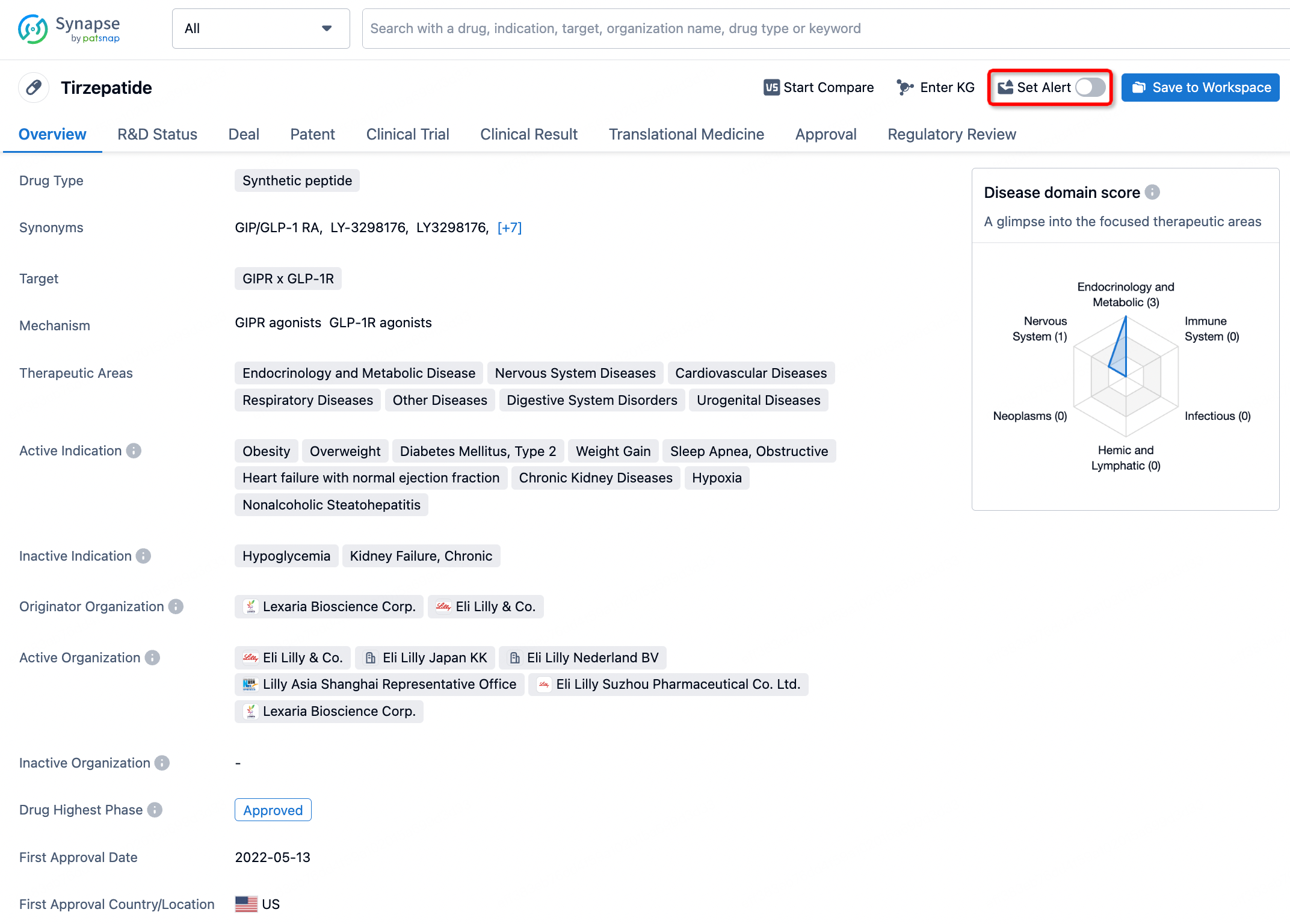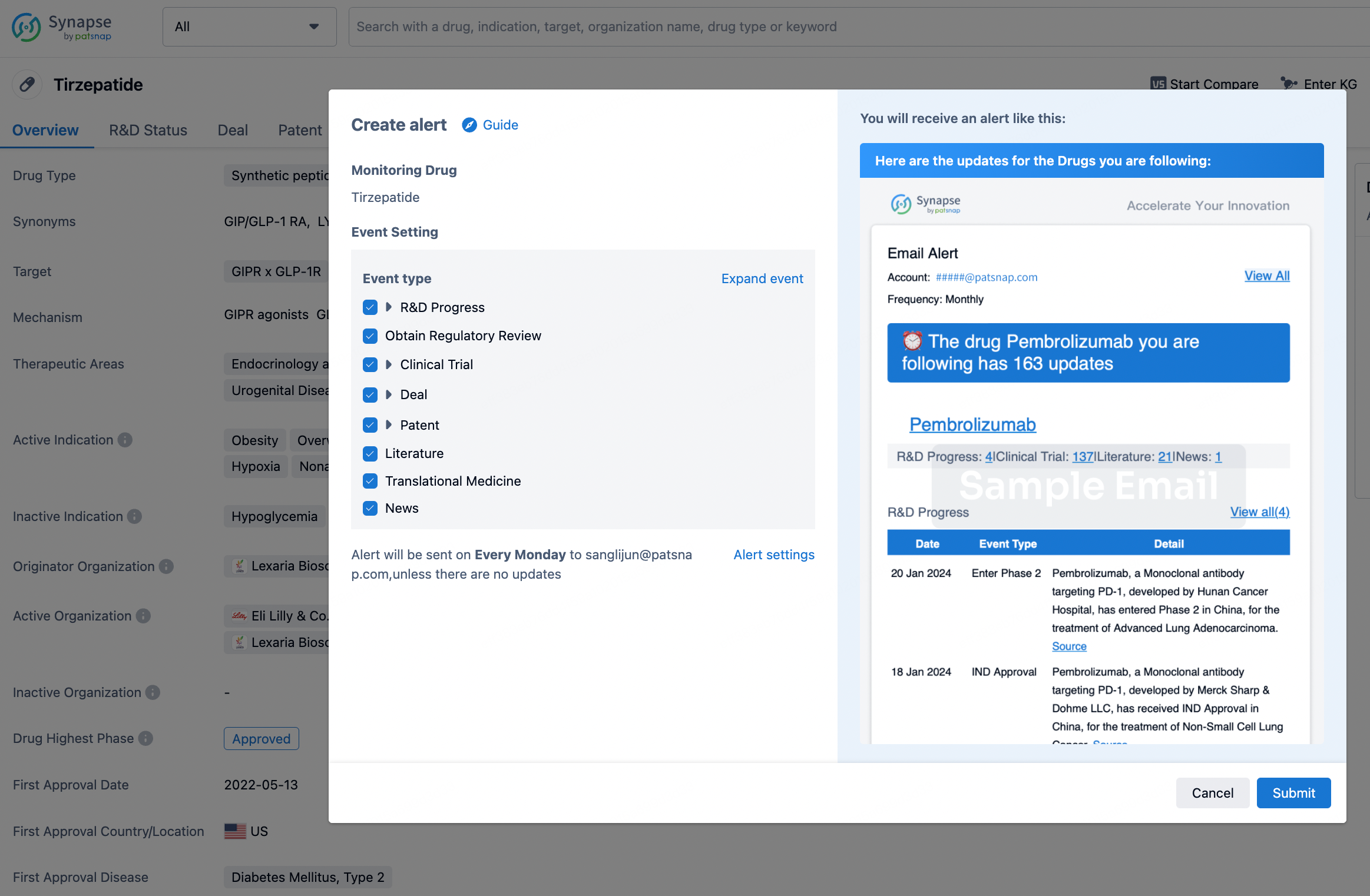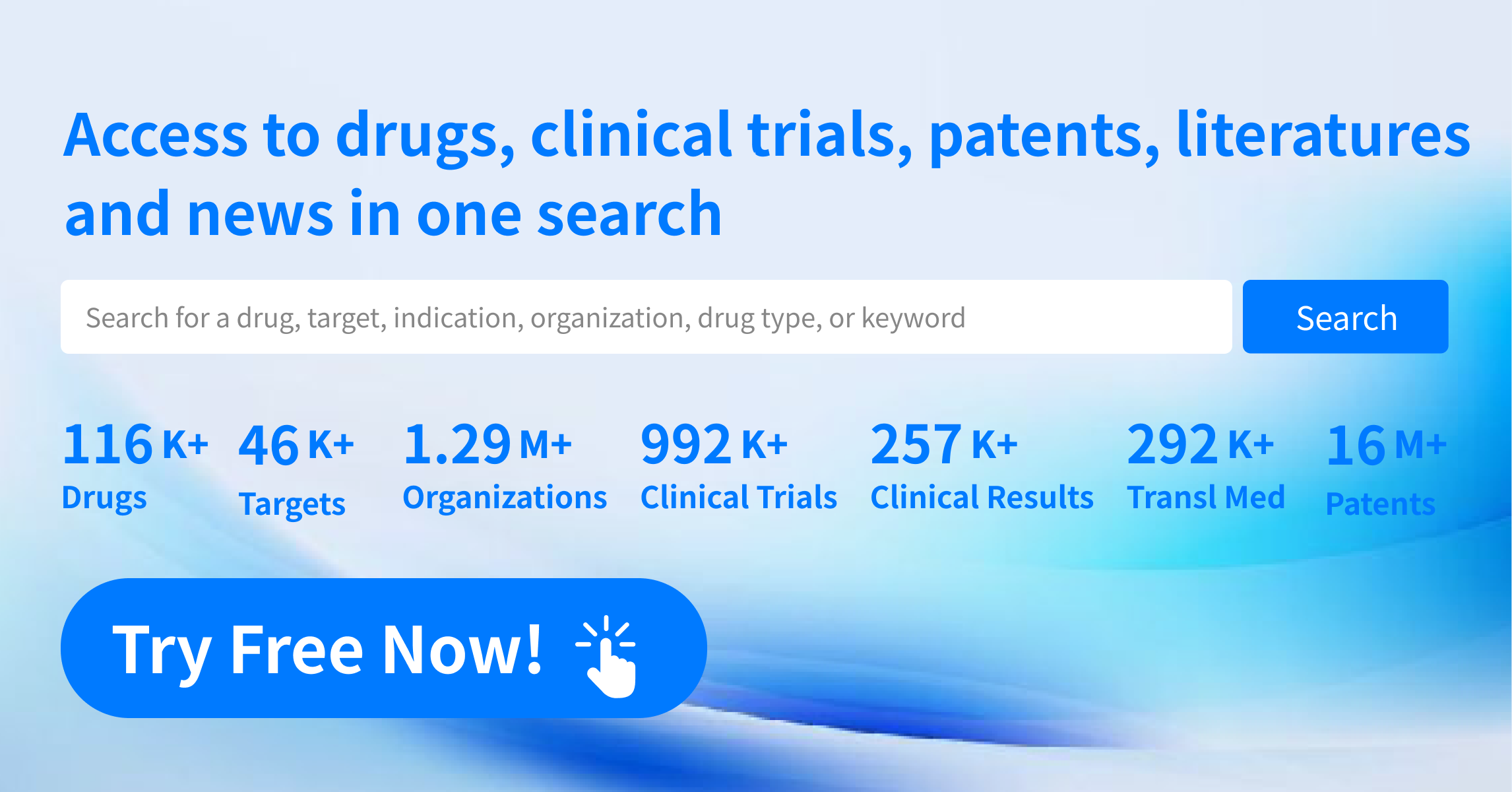What is Methocarbamol used for?
Methocarbamol is a muscle relaxant that is commonly used to alleviate discomfort associated with acute, painful musculoskeletal conditions. It is available under various trade names such as Robaxin, Carbacot, and Skelex. Methocarbamol works by affecting the central nervous system to produce muscle relaxation. It is often prescribed as part of a comprehensive treatment plan that includes rest, physical therapy, and other measures to manage pain and improve mobility. Initially developed in the mid-20th century, methocarbamol has garnered substantial clinical attention for its efficacy and relatively mild side effect profile.
Methocarbamol is primarily utilized to treat conditions like muscle spasms, which may arise from injuries or chronic conditions such as arthritis. Research institutions have extensively studied methocarbamol to understand its effects and optimize its use in various clinical settings. The drug is typically categorized as a centrally-acting skeletal muscle relaxant. Over the years, methocarbamol has established itself as a mainstay in the management of musculoskeletal pain, and ongoing research continues to further elucidate its mechanism of action and potential uses.
Methocarbamol Mechanism of Action
Methocarbamol's exact mechanism of action is not entirely understood, but it is believed to work by depressing the central nervous system, leading to a reduction in muscle spasms and pain. Unlike other muscle relaxants that act directly on the muscles, methocarbamol functions at the level of the brain and spinal cord. This central action helps to interrupt the pain-spasm-pain cycle that often exacerbates musculoskeletal conditions.
The drug exerts its effects through generalized CNS depression, which can translate to a sedative effect that indirectly contributes to muscle relaxation. It is not an analgesic, meaning it does not directly relieve pain, but its muscle-relaxing properties can help alleviate pain indirectly by reducing muscle spasms. Methocarbamol does not significantly impact the neuromuscular junction or muscle fibers, making it a preferred option for treating muscle spasms without causing muscle weakness.
Research has also indicated that methocarbamol may have some inhibitory effect on polysynaptic reflexes in the spinal cord, which contributes to its muscle-relaxing properties. This complex interplay of neurological actions makes methocarbamol an effective agent in managing acute musculoskeletal pain.
How to Use Methocarbamol
Methocarbamol is available in various forms, including oral tablets, injectable solutions, and sometimes as a component of combination therapies. The oral tablets are the most commonly prescribed form and are typically taken with or without food. For adults, the initial dosage often involves a higher dose, such as 1500 mg four times a day, which may be reduced as symptoms improve. Maintenance doses usually vary between 1000 mg to 2000 mg per day, depending on the severity of the condition and the patient's response to the treatment.
The injectable form of methocarbamol is often reserved for hospital settings or situations requiring rapid onset of action. It is administered intravenously or intramuscularly, and doses generally range between 1 to 3 grams per day, divided into three or four doses. The onset of action when methocarbamol is administered intravenously is typically within minutes, whereas oral administration usually takes about 30 minutes to an hour to start exerting its effects.
Patients are advised to follow the prescribed dosage and administration guidelines closely. Gradual tapering is recommended when discontinuing the drug to avoid withdrawal symptoms. It is also important to note that methocarbamol can cause drowsiness, hence patients are cautioned against operating heavy machinery or engaging in activities that require full alertness until they understand how the drug affects them.
What are the side effects of Methocarbamol
Like any medication, methocarbamol can cause a range of side effects, although not everyone experiences them. Common side effects include dizziness, drowsiness, headache, and gastrointestinal disturbances such as nausea and upset stomach. These effects are usually mild and tend to resolve as the body adjusts to the medication. However, some individuals may experience more severe side effects such as blurred vision, confusion, fever, or a slow heart rate, which require immediate medical attention.
Methocarbamol is contraindicated in individuals with a known hypersensitivity to the drug or any of its components. It should also be used with caution in patients with a history of liver disease, as it is metabolized in the liver and may exacerbate liver function impairment. Additionally, the drug should be used cautiously in elderly patients or those with compromised renal function due to the risk of accumulation and increased side effects.
Patients with a history of seizure disorders should inform their healthcare provider, as methocarbamol may lower the seizure threshold and increase the risk of convulsions. Alcohol consumption is discouraged while taking methocarbamol, as it can potentiate the drug's CNS depressant effects and increase the risk of side effects.
What Other Drugs Will Affect Methocarbamol
Methocarbamol can interact with several other medications, which may alter its effectiveness or increase the risk of adverse effects. CNS depressants, such as benzodiazepines, opioids, antihistamines, and alcohol, can enhance the sedative effects of methocarbamol, leading to increased drowsiness, dizziness, and risk of respiratory depression. Therefore, concomitant use of these substances should be approached with caution and under medical supervision.
Certain medications used to manage chronic conditions, such as antihypertensive drugs, may also interact with methocarbamol. For instance, the hypotensive effects of antihypertensive medications could be potentiated by methocarbamol, leading to an increased risk of low blood pressure and associated symptoms like dizziness or fainting.
Patients taking medications that affect liver enzymes, such as certain anticonvulsants and antifungal agents, should also be aware of potential interactions. These drugs can alter the metabolism of methocarbamol, potentially leading to increased levels in the blood and a higher risk of side effects.
It is crucial for patients to inform their healthcare provider of all medications they are currently taking, including over-the-counter drugs and herbal supplements, to avoid potential interactions. Adjustments to dosage or alternative treatments may be necessary to ensure safe and effective use of methocarbamol.
How to obtain the latest development progress of all drugs?
In the Synapse database, you can stay updated on the latest research and development advances of all drugs. This service is accessible anytime and anywhere, with updates available daily or weekly. Use the "Set Alert" function to stay informed. Click on the image below to embark on a brand new journey of drug discovery!


